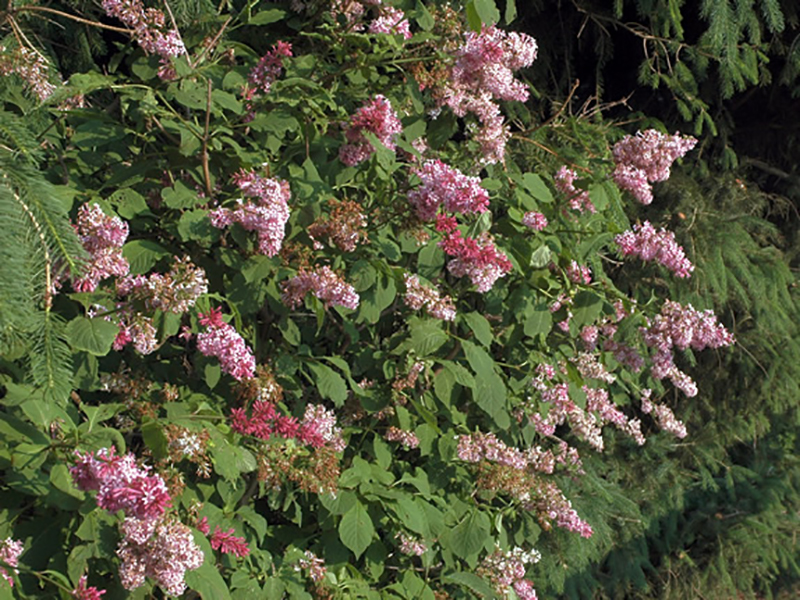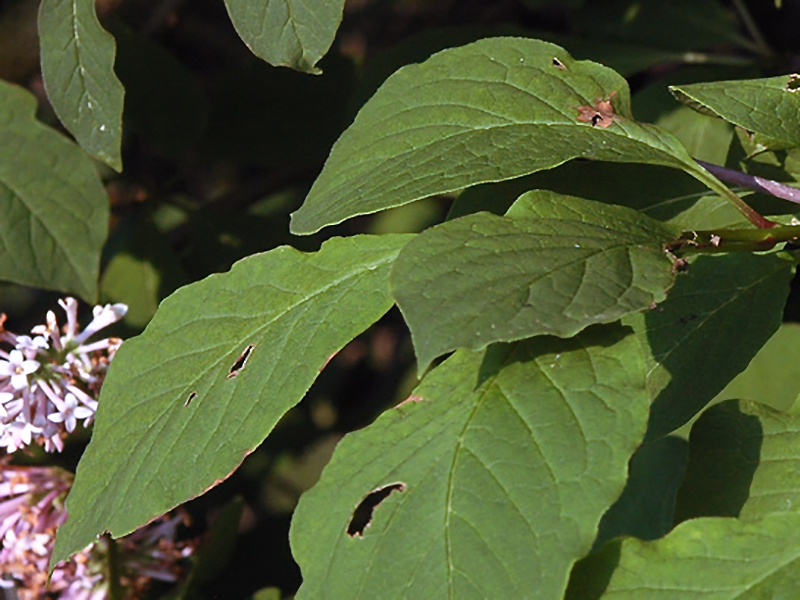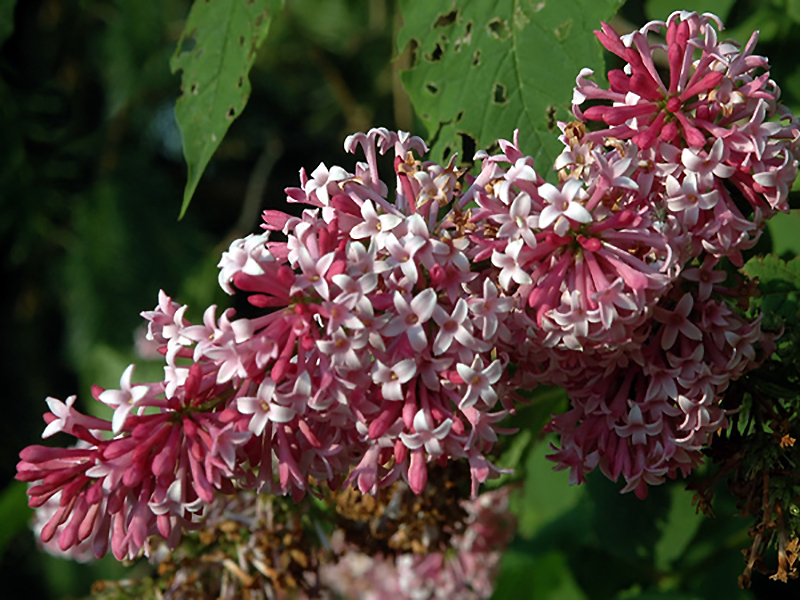| Shape | Spreading. |
| Landscape | Beds and borders, cut flowers, flowering shrub, informal hedge, and roadside screening |
| Propagation | Take softwood cuttings or layer in early summer; graft in winter; bud in summer. |
| Cultivation | Grow in reasonably fertile, well-drained soil in full sun; prefers neutral to slightly alkaline soil. Promptly deadhead spent blossoms to produce more robust blooms for the following year. Prune lightly in late winter or early spring to maintain a healthy framework, remembering that most species form flowers the previous season. Plant in areas with good air circulation to thwart disease. Because lilacs are fire retardant, they can be considered for planting near homes that are susceptible to wildfires. Most lilacs require a period of chilling dormancy. |
| Pests | Powdery mildew, dieback, leafroll virus, mycoplasma-like organisms (MLO), root knot nematode, Verticillium wilt, witches' broom, bacterial leaf spot, anthracnose, borers, scale, caterpillars. |
| Habitat | Horticultural Origin. |
| Flower Description | Heavily flowering rose-pink blooms. |


